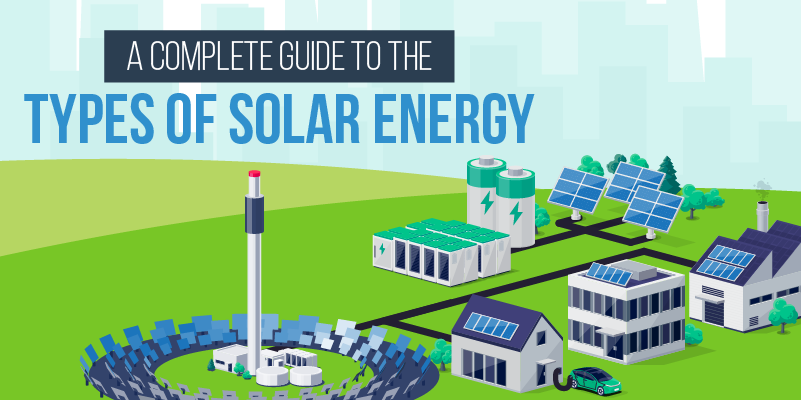In a world where sustainable energy sources are increasingly becoming imperative, solar power stands out as one of the most promising solutions to mitigate climate change and ensure energy security. With abundant sunlight available across the globe, countries are harnessing this renewable resource to power homes, businesses, and industries. In this comprehensive exploration, we delve into the forefront of solar energy generation, identifying the nations that are leading the charge towards a cleaner, more sustainable future.
The Global Solar Revolution
The global solar revolution has gained significant momentum over the past few decades, driven by technological advancements, declining costs of solar panels, and growing environmental consciousness. Solar energy has transcended its niche status to emerge as a mainstream source of power generation, challenging the dominance of fossil fuels. As a result, countries around the world are ramping up their solar energy capacities to meet growing electricity demands while reducing carbon emissions.
China: The Solar Superpower
Leading the pack in solar energy deployment is China, often hailed as the solar superpower. With ambitious renewable energy targets and massive investments in solar infrastructure, China has established itself as the unrivaled leader in solar photovoltaic (PV) installations. The country’s sheer scale of manufacturing capabilities and governmental support have propelled it to the forefront of the global solar industry. China’s commitment to solar energy is evident in its numerous utility-scale solar farms, rooftop installations, and innovative solar projects.
The United States: A Solar Renaissance
Not far behind China is the United States, experiencing a solar renaissance of its own. Driven by a combination of federal incentives, state-level policies, and technological innovation, the U.S. solar market has witnessed exponential growth in recent years. States like California, Arizona, and Texas boast some of the largest solar installations in the world, fueled by abundant sunshine and favorable regulatory environments. Moreover, the Biden administration’s emphasis on clean energy and climate action is expected to further accelerate solar deployment across the nation.
India: Solar Powerhouse of the Future
In South Asia, India is emerging as a solar powerhouse, capitalizing on its vast solar potential and ambitious renewable energy goals. With a rapidly expanding economy and a burgeoning population, India faces the dual challenge of meeting rising energy demand while reducing greenhouse gas emissions. Solar energy presents a viable solution to address these challenges, and India has made significant strides in harnessing its solar resources. Initiatives such as the Jawaharlal Nehru National Solar Mission and large-scale solar parks have propelled India to the forefront of the global solar arena.
Europe: A Beacon of Solar Innovation
Across the Atlantic, Europe is making remarkable progress in solar energy deployment, despite its relatively limited sunshine compared to other regions. Countries like Germany, Spain, and Italy have long been pioneers in solar power, spearheading the transition to renewable energy sources. The European Union’s ambitious targets for carbon neutrality and renewable energy adoption have further incentivized solar investments across the continent. Moreover, technological advancements in solar panels, energy storage, and grid integration are driving innovation in the European solar sector, paving the way for a sustainable energy future.
Other Contenders: Australia, Japan, and Beyond
Beyond the major players, several other countries are making significant contributions to the global solar landscape. Australia, blessed with abundant sunlight and vast open spaces, has embraced solar energy as a key component of its energy mix. Rooftop solar installations are particularly popular among Australian households, driving the country’s transition towards renewable energy. Similarly, Japan, despite its limited land area, has emerged as a leading solar innovator, leveraging advanced technology and supportive policies to expand its solar capacity.
Challenges and Opportunities
While the growth of solar energy has been impressive, challenges remain in realizing its full potential. Issues such as intermittency, grid integration, and land use constraints pose significant hurdles to widespread solar adoption. Moreover, geopolitical tensions, trade disputes, and supply chain vulnerabilities can impact the global solar industry. Addressing these challenges will require concerted efforts from governments, industry stakeholders, and the international community.
However, amidst these challenges lie immense opportunities for further expansion and innovation in the solar sector. Technological advancements, such as next-generation solar panels, energy storage solutions, and smart grid technologies, hold the key to overcoming existing limitations and unlocking new possibilities for solar energy. Moreover, increased collaboration and knowledge sharing among nations can accelerate the global transition to a solar-powered future.
Conclusion
In conclusion, solar energy is experiencing a remarkable ascent as one of the primary sources of clean, renewable power worldwide. From the bustling cities of China to the sun-drenched plains of India, nations across the globe are harnessing the power of the sun to drive sustainable development and combat climate change. While challenges persist, the momentum behind solar energy continues to grow, fueled by technological innovation, policy support, and public demand for cleaner energy alternatives. As we look towards the future, it is clear that solar energy will play a central role in shaping the world’s energy landscape, illuminating the path towards a brighter, more sustainable future for generations to come.
